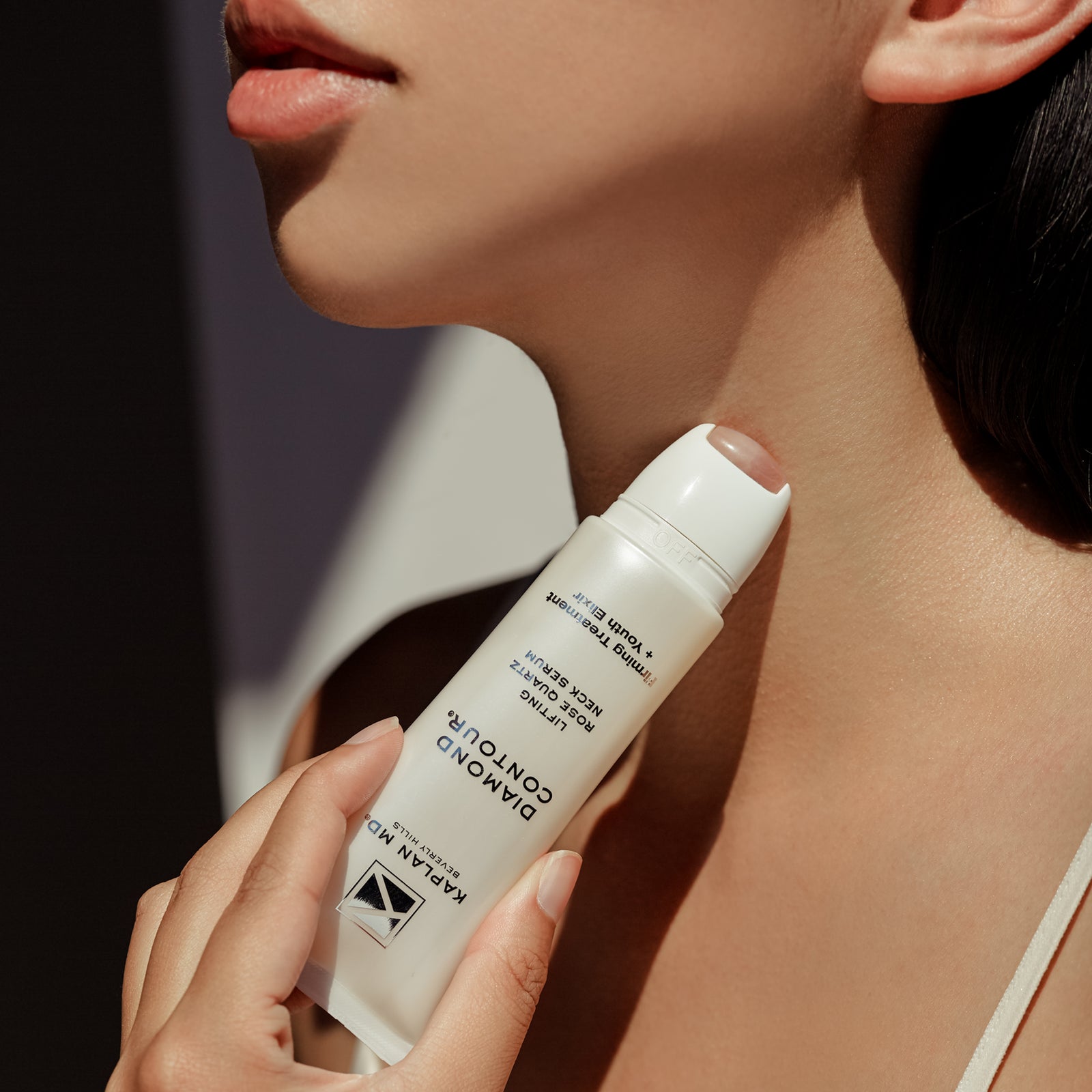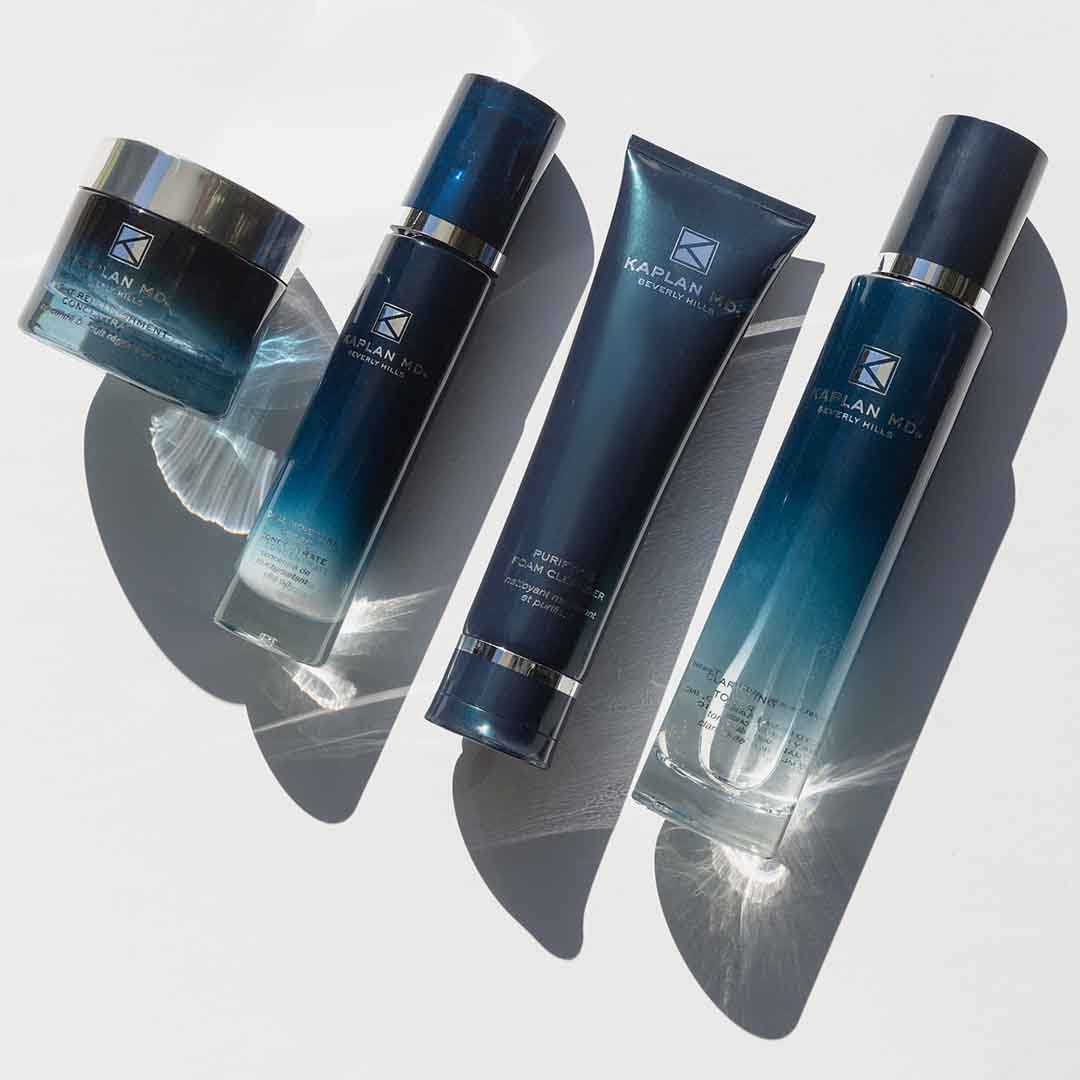Dr. Kaplan-Dangers of Tanning
DANGERS OF TANNING
ALL TANNING IS DANGEROUS
The sun, tanning beds, and sun lamps expose us to ultraviolet (UV) radiation. This radiation is so dangerous that the United States Department of Health and Human Services has declared UV radiation from the sun and artificial light sources, such as tanning beds and sun lamps, as a known carcinogen (tends to cause cancer). We know that UV radiation can cause skin cancer, the most common cancer in the world. It can damage our immune system. And, it can prematurely age our skin, giving us a wrinkled and leathery look.
GETTING VITAMIN D FROM THE SUN OR TANNING BEDS IS RISKY
Some people seek the sun to get their daily dose of vitamin D. While we need vitamin D for healthy bones, the American Academy of Dermatology does not recommend getting vitamin D from the sun or tanning beds. Doing so increase our risk of getting skin cancer. Healthier ways to get this important nutrient are to eat foods rich in vitamin D and take a supplement.
INDOOR TANNING CAUSES SKIN CANCER
Indoor tanning beds or lamps are not a safe option to sun exposure. Like the sun, tanning beds and sun lamps expose us to two types of UV radiation. The UVA rays penetrate more deeply into our skin and speed up the aging of our skin. The UVB rays do not go as deep, but they do cause burns. Yes, burns can and do happen in some people who use indoor tanning. Some burns require a trip to the emergency room.
Some tanning lamps emit UV radiation many times stronger than that of the sun. Studies show that indoor tanning raises the risk of melanoma by 75% and increases the chance of getting other types of skin cancer.
SKIN CANCER CAN BE CURED
When melanoma, a type of skin cancer, is found early and treated, the patient can be cured. But, melanoma can be fatal. In the United States, the number of melanoma causes a rising. Other types of skin cancer may not be fatal, but can invade and destroy surrounding tissue, causing disfigurement and sometimes painful reconstructive surgery.
TANNING AGES SKIN
It can take many years to see the effects of UV radiation on our skin. Skin cancer and signs of premature skin aging tends to show up years after we begin tanning. As such, young people are often unaware of the dangers of tanning. The number of cases of skin cancer likely will keep rising as people who are tanning in their teens and 20s reach middle age.
Signs of premature aging of the skin, such as wrinkles and age spots, eventually appear in everyone who repeatedly tans. These signs may be less apparent and take longer to show up in some people. This does not minimize the risk. People who tan greatly raise their risk of getting skin cancer.
FIND YOUR SKIN TYPE
| Skin Type | Skin Color | Response to UV Exposure |
| I | Pale white skin | Always burns; may freckle but never tans |
| II | Fair skin and light-colored eyes, may have freckles | Burns easily; tans just a little |
| III | White (average) | Burns somewhat; tans gradually to light brown |
| IV | Beige or light brown skin: hair and eyes usually brown | Burns a little: always tans to fairly brown |
| V | Moderate brown skin, usually of African or West Indian descent | Rarely burns; tans profusely to dark |
| VI | Dark brown or black | Never burns; tans profusely to dark |
TIPS TO AVOID SUN DAMAGE
- Plan your outdoor activities to limit your exposure to the sun’s strongest rays. As a rule, seek shade between 10 a.m. and 4 p.m
- Wear protective clothing such as broad-brimmed hats, long pants, and long-sleeved shirts to protect your skin.
- Wear sunglasses that provide 100% UV ray protection
- When outdoors always wear generous amounts of sunscreen that is broad-spectrum (protects against both UVA and UVB) and has a sun protection factor (SPF) of 30 or more. Apply the sunscreen at least 15 minutes before sun exposure and re-apply about every 2 hours.
- To cover the entire body, use a palm full of sunscreen.
FACTS YOU SHOULD KNOW
- If you notice an unusual or changing mole, a scaly patch, or a sore that does not heal, make an appointment to see a dermatologist. This may be a sign of skin cancer or a spot that could become skin cancer.
- If you get severe itching or rashes in the sun, this is likely an allergic reaction.
All content solely developed by the American Academy of Dermatology








